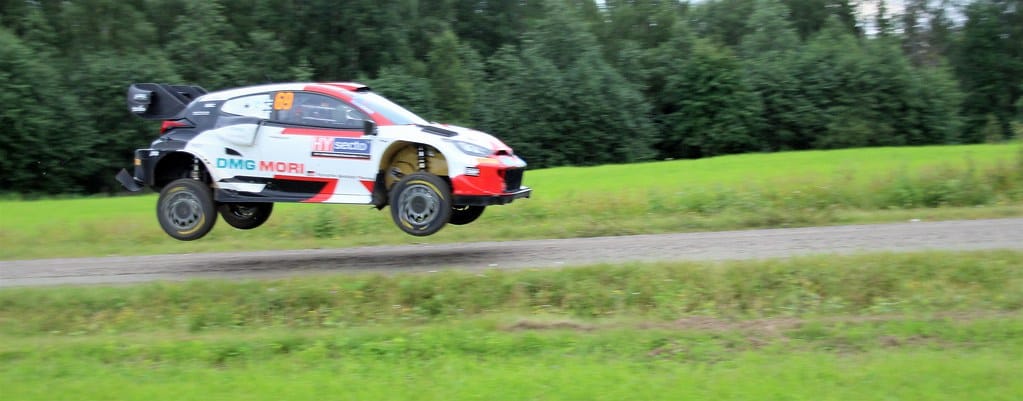Two Flying Cars Collide Mid-Air at Chinese Aviation Show, Raising Questions About Urban Air Mobility Safety
A dramatic mid-air collision between two experimental flying cars at the Zhuhai Airshow in China has sent shockwaves through the emerging urban air mobility industry, highlighting critical safety concerns as these futuristic vehicles move closer to commercial reality.
The incident occurred during a demonstration flight on November 15, 2024, when two prototype vehicles from different manufacturers collided approximately 200 feet above the airfield. Both pilots were hospitalized with non-life-threatening injuries, while debris scattered across a section of the exhibition grounds, forcing the temporary evacuation of nearby spectators.
The Incident Details
According to preliminary reports from the Civil Aviation Administration of China (CAAC), the collision involved an EHang EH216-S autonomous aerial vehicle and a prototype from startup XPeng AeroHT. The aircraft were participating in separate demonstration flights when their flight paths intersected during what organizers described as a "coordinated aerial display."
Video footage captured by attendees shows one vehicle attempting an evasive maneuver before the collision, suggesting a potential communication or coordination failure between the demonstration teams. The impact sent both aircraft spiraling downward, with emergency parachute systems deploying on one vehicle before both crashed in a designated safety zone.
"This was exactly the kind of scenario we've been preparing for," said Li Wei, the airshow's safety coordinator. "Our emergency protocols worked as designed, but this incident raises important questions about air traffic management for these new types of aircraft."
Industry Impact and Safety Concerns
The crash has intensified scrutiny of the flying car industry, which has attracted over $8 billion in global investment since 2020. Companies like EHang, Joby Aviation, and Lilium have been racing to bring electric vertical takeoff and landing (eVTOL) aircraft to market, with several promising commercial operations by 2025.
Regulatory Challenges Exposed
The incident highlights a critical gap in aviation regulations for urban air mobility. Unlike traditional aircraft, flying cars operate in lower airspace and often in dense urban environments, creating new challenges for air traffic control systems.
"Current aviation infrastructure wasn't designed to handle dozens or potentially hundreds of these vehicles operating simultaneously in urban areas," explained Dr. Sarah Chen, an aerospace safety expert at Beijing University of Aeronautics. "This crash demonstrates that we need robust traffic management systems before widespread deployment."
The European Union Aviation Safety Agency (EASA) and the Federal Aviation Administration (FAA) have both been developing certification frameworks for eVTOL aircraft, but many experts argue these regulations are moving too slowly compared to the pace of technological development.
Market Reaction and Future Implications
Following news of the crash, stock prices for several publicly-traded eVTOL companies dropped significantly. EHang's shares fell 12% in Hong Kong trading, while Joby Aviation and Archer Aviation both saw declines of 8% and 6% respectively on NASDAQ.
The incident comes at a crucial time for the industry, with several companies planning to launch commercial passenger services in major cities within the next two years. EHang had recently received approval for commercial operations in certain Chinese cities, while Joby Aviation announced plans to begin services in New York and Los Angeles by late 2025.
Insurance and Public Perception Challenges
Insurance companies are now reassessing risk models for flying car operations. Lloyd's of London, which has been developing coverage products for the eVTOL industry, announced it would be "reviewing protocols and risk assessments" following the China incident.
Perhaps more concerning for manufacturers is the potential impact on public acceptance. Surveys consistently show that while consumers are excited about flying cars in theory, safety remains their primary concern about actually using these services.
Looking Forward: Lessons and Next Steps
The Zhuhai collision serves as a sobering reminder that the transition to three-dimensional urban transportation will require more than just technological innovation. Industry leaders are now calling for accelerated development of urban air traffic management systems and more comprehensive safety protocols.
Key takeaways from this incident include:
- The urgent need for advanced air traffic management systems designed specifically for low-altitude urban flight
- Importance of rigorous safety protocols during demonstration events
- The critical role of public confidence in the success of urban air mobility
While this crash represents a significant setback for public perception, it may ultimately prove beneficial if it drives the industry toward more robust safety standards before widespread commercial deployment. The future of urban air mobility depends not just on making these vehicles fly, but on making them fly safely in increasingly crowded skies.
